7 Sweet Ways a Big Dog Teaches a New Puppy How to Behave
Adding a new puppy to the mix can feel like signing up for chaos, but when a well-mannered adult dog is in the house, that tiny ball of energy might just have a four-legged mentor. Big dogs often step in as quiet teachers and help puppies understand the world around them. Here’s how older dogs pass along the house rules.
Showing Them How to Greet Like a Dog
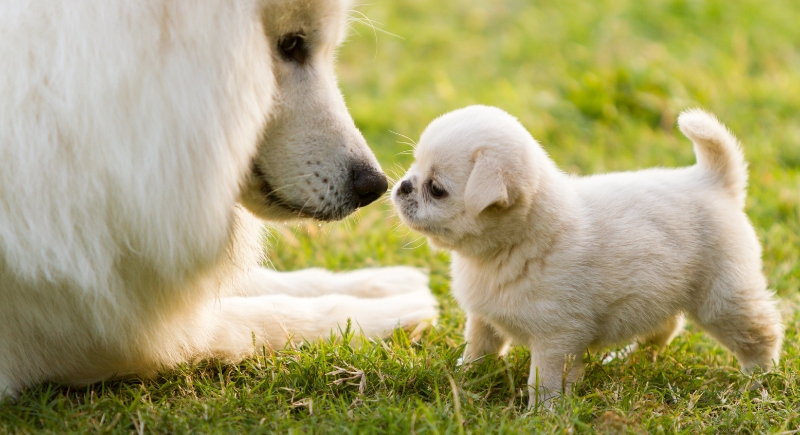
Credit: Getty Images
Adult dogs model the rules of dog-to-dog introductions, like approaching slowly, avoiding rude jumps, and reading body language. Puppies, fresh from the litter, often miss these social cues. Watching a calm adult dog interact with other pups or people gives the little one a crash course in respectful greetings.
Teaching That Growls Aren’t Bad
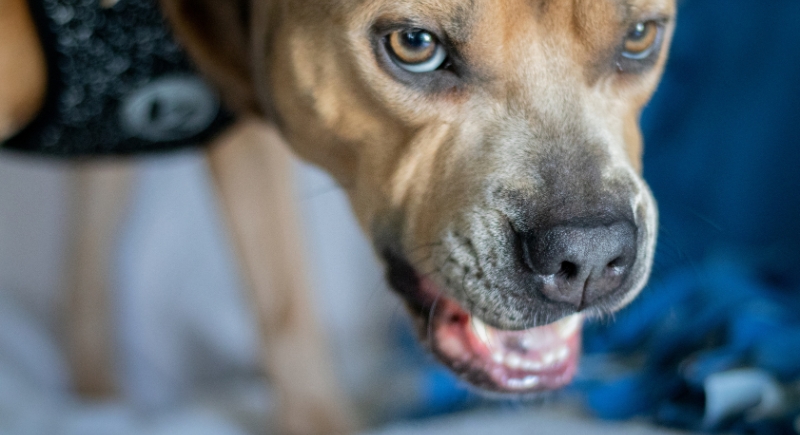
Credit: Getty Images
When a big dog growls at a puppy, it’s not aggression, but more of an education. A growl is just a dog saying, “That’s enough.” Puppies don’t always understand subtle cues, so adult dogs use firm, harmless corrections to set boundaries.
Leading the Bathroom Parade
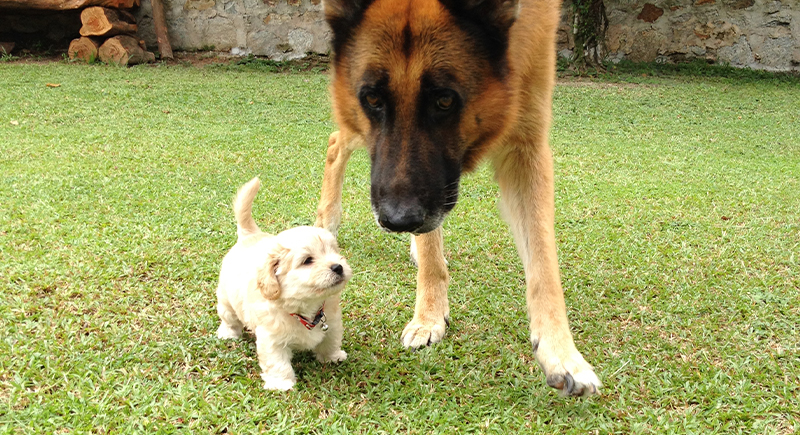
Credit: iStockphoto
Nothing speeds up house training like a puppy following an older dog outside. The big dog heads to the yard, the puppy tags along, and nature takes its course. Smelling where the grown-up dog goes helps the puppy figure out the right spot, and copying becomes a habit quickly.
Modeling Leash Manners Without a Word
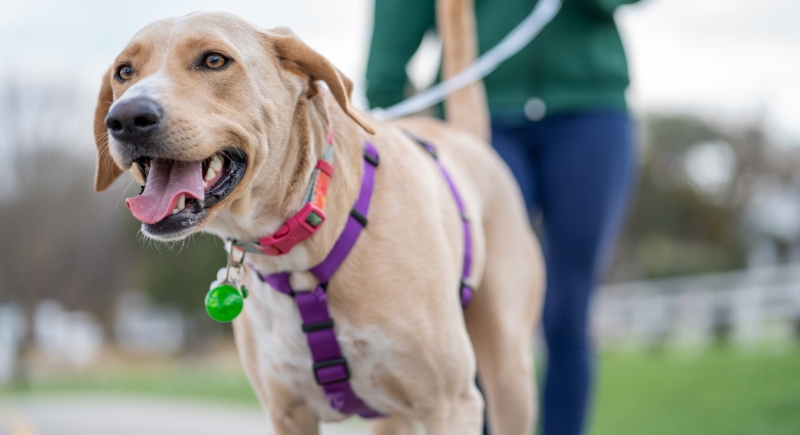
Credit: pexels
When you take both dogs on a walk, the adult dog becomes a walking role model. Puppies notice how the older dog doesn’t pull, stays beside the human, and ignores distractions. This side-by-side stroll gives the puppy real-time examples of how to behave without the human needing to nag or correct constantly.
Correcting Playtime Faux Pas
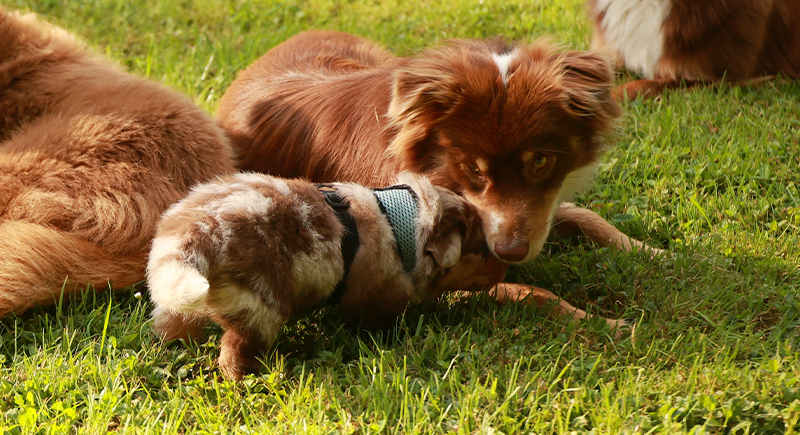
Credit: iStockphoto
When a puppy nips too hard or launches itself onto an adult’s back mid-nap, the older dog often responds with a warning snap or retreat. It might look harsh to humans, but it’s dog-speak for “too far.” These reactions teach the puppy to tone it down and respect boundaries.
Modeling Trust in Their Owners
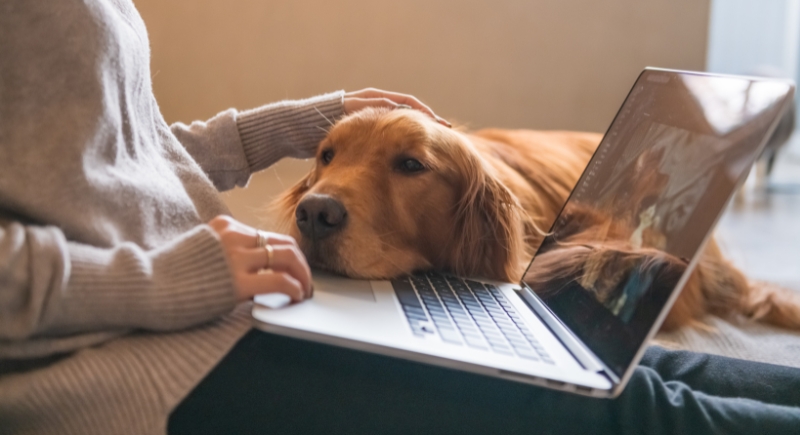
Credit: Getty Images
One of the most powerful lessons is watching an adult dog trust people. If the older dog happily approaches when called, leans in for affection, or relaxes beside their human, the puppy sees that humans are safe and worth bonding with.
Demonstrating Patience with Food and Toys
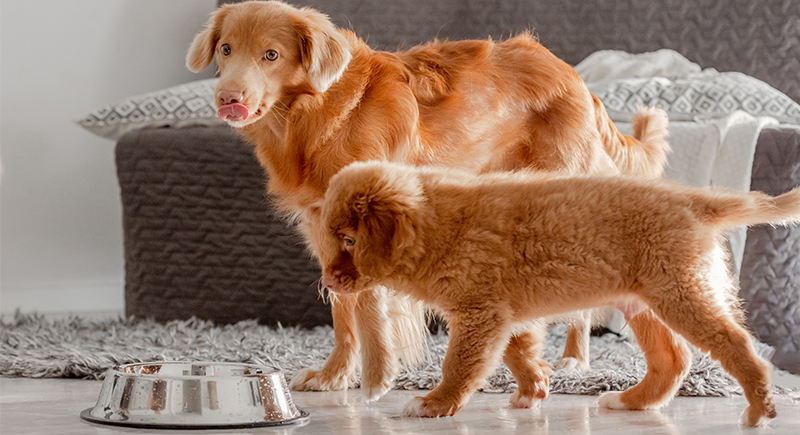
Credit: iStockphoto
Resource guarding is a major no-no in most dog households. Older dogs who’ve been taught to wait their turn around food or ignore toy theft tend to model that patience. Puppies learn quickly when they try to steal a toy and get a firm correction or are ignored until they calm down.
Reinforcing the “Sit and Wait” Game

Credit: Canva
Sometimes, the most helpful lessons come from everyday routines. A big dog who sits calmly before meals, doors, or treats teaches the puppy that calmness gets rewarded. There is no need for words. The little one just notices the sit, the stillness, and the good stuff that follows.
Helping With Confidence During New Experiences
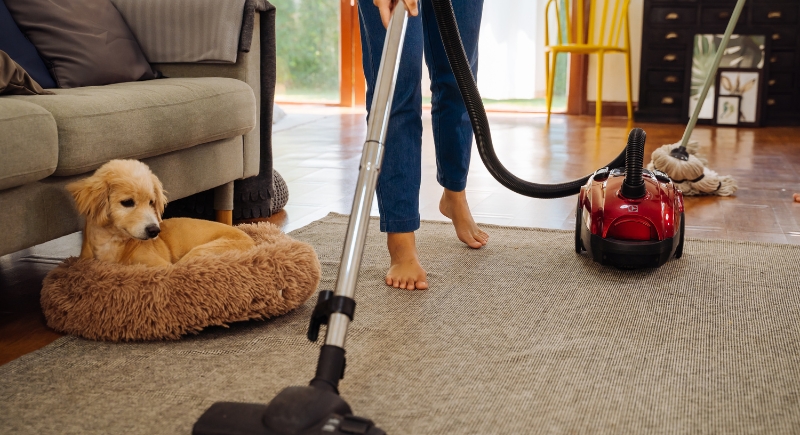
Credit: Canva
Big dogs often act as the emotional anchor when puppies face something new. A slippery floor, a vacuum cleaner, or a vet visit feels less terrifying when the adult dog remains calm. Their steady behavior tells the puppy, “You’re safe.”
Providing a Living Lesson in Chill
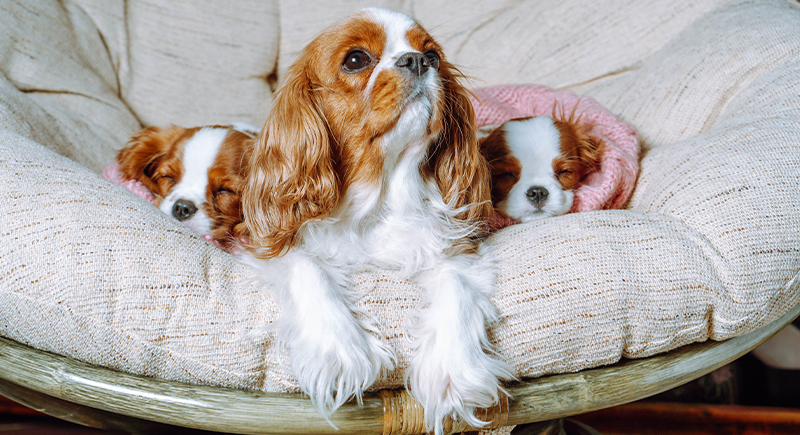
Credit: iStockphoto
Watching an older dog relax on the couch, nap after a walk, or ignore a doorbell helps teach the puppy what calm looks like. While puppies seem wired for constant motion, they pick up on the energy around them. Over time, they learn when it’s time to settle.
Responding to a Recall Like a Pro
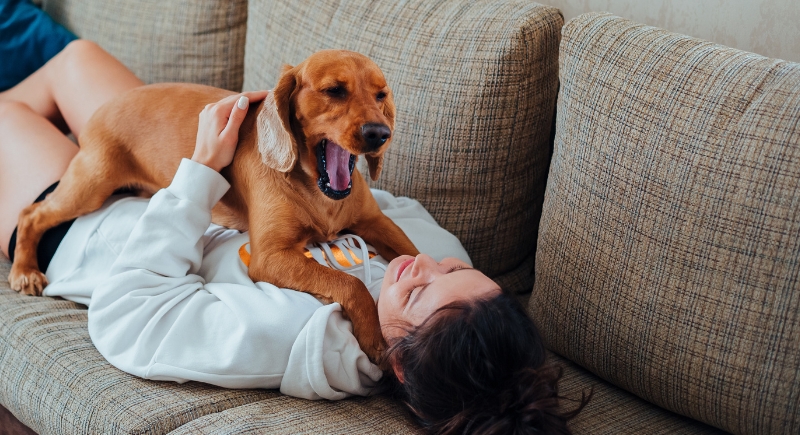
Credit: pexels
An older dog that comes running when called teaches the puppy that “come” means good things happen. Even if the puppy doesn’t know the word yet, it follows the adult dog out of habit. That consistent example speeds up recall training.
Guiding the Puppy to Back Off
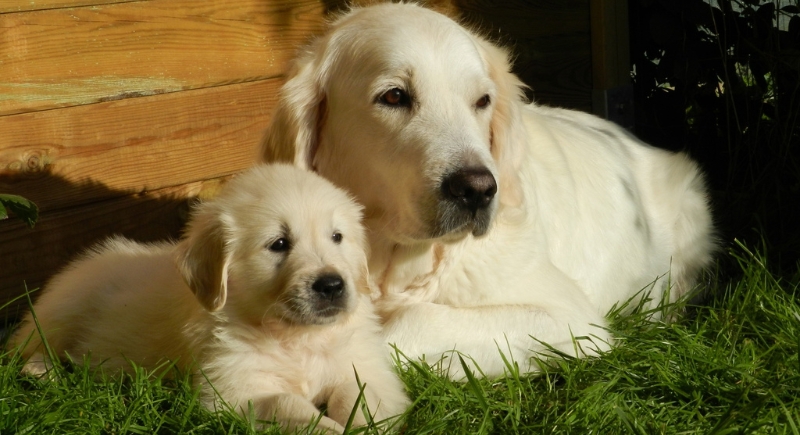
Credit: pixabay
Adult dogs will often use stillness, turning away, or calmly leaving the room to tell a puppy “not now.” These nonverbal cues are part of canine social language. Puppies who learn to notice and respect these signals develop better impulse control and avoid becoming pushy or obnoxious in multi-dog settings.
Calming the Chaos Around Visitors
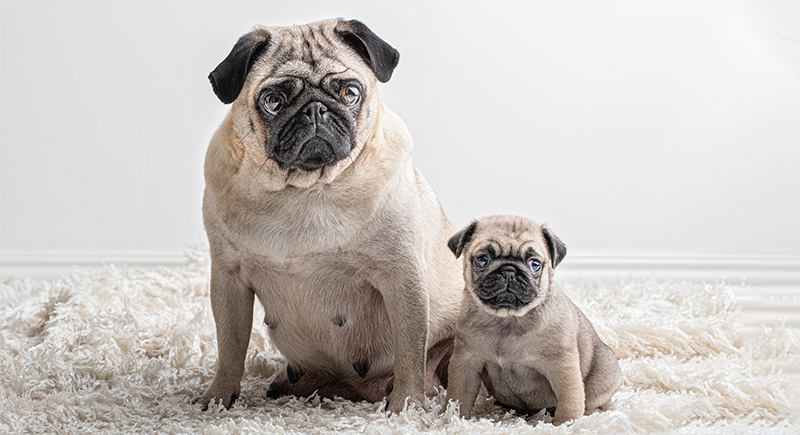
Credit: iStockphoto
Puppies are curious rockets when someone new walks in. But when the adult dog doesn’t bark, jump, or rush to the door, the puppy often pauses too. Over time, the little one learns to mirror that steady reaction. It’s one of the fastest ways to teach good guest manners.
Establishing Peaceful Coexistence Over Time
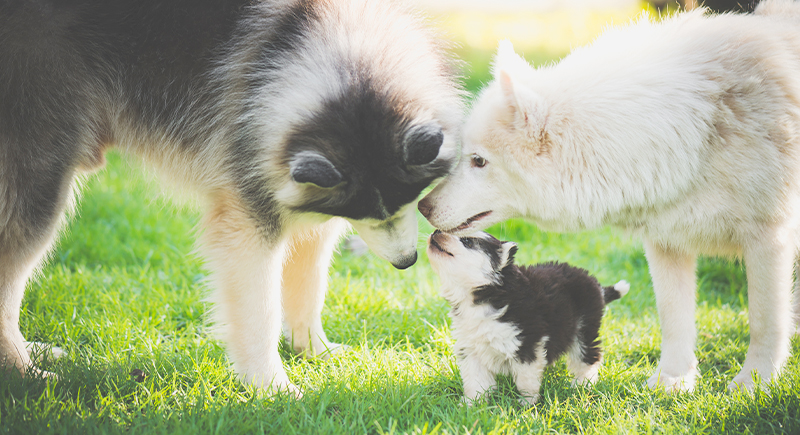
Credit: iStockphoto
The most underrated lesson might be this: coexistence takes time. Puppies learn from instant reactions and slow, steady exposure to daily routines. By living alongside a calm, seasoned dog who’s seen it all, they start to understand the rhythms of the house.